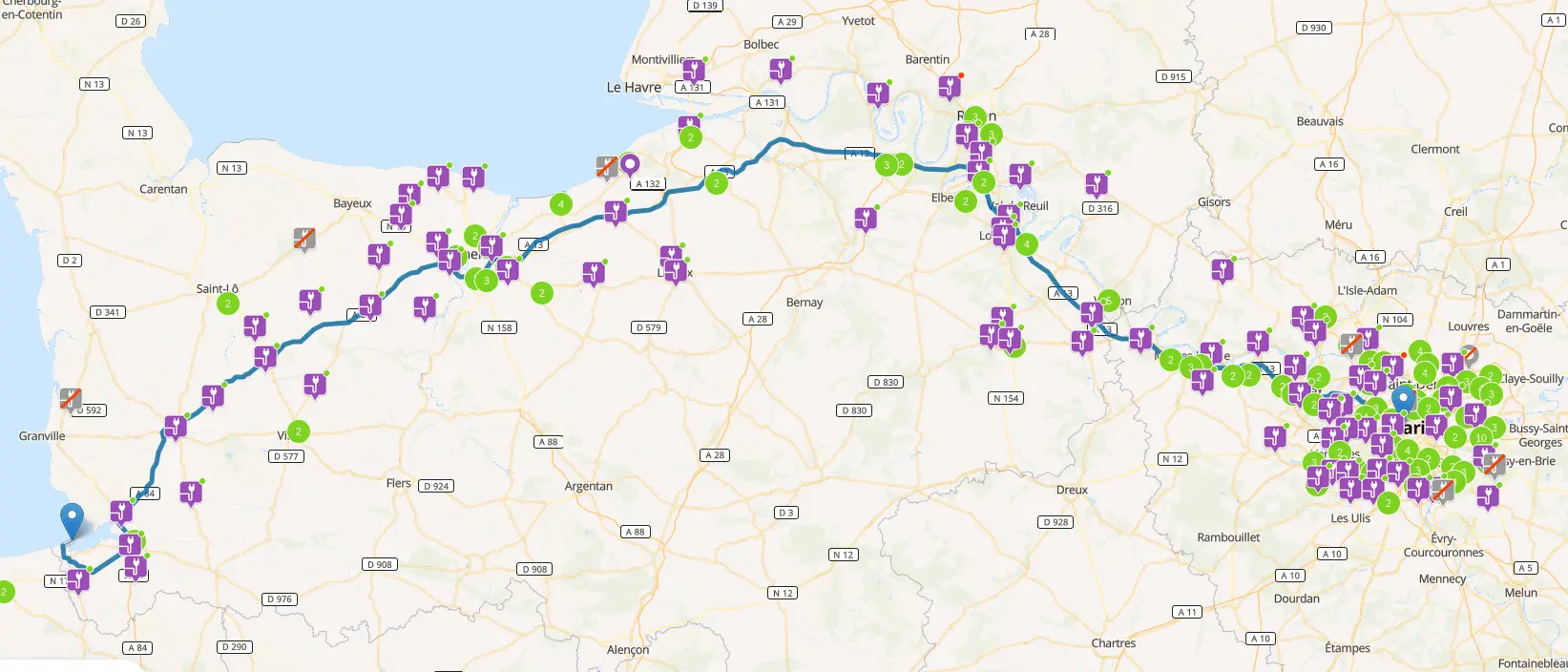- 2 Posts
- 143 Comments

 1·8 days ago
1·8 days agoYes, the k702.

 1·9 days ago
1·9 days agoI love my AKG Q702. I think there are almost identical to the Q701 but with a detachable cable so it can be easily replaced.
I’ve been using them almost everyday since 2020 and barely show any wear.
The only thing that wore out a bit is the elastic on the side but I don’t really notice a difference.

 2·12 days ago
2·12 days agoIt’s not that surprising once you know that their goal is to be completely independent for their US for their military equipment.
It includes the nuclear bomb, missiles, fighter jet, aircraft carrier, submarines, even space capabilities (even if this last part has been lacking a bit lately).
They don’t have the US military budget but they want the same level of technology without any ties to the US.
It means that they are exporting a lot to compensate for the high investments they are pouring into military technology.

 4·12 days ago
4·12 days ago
Here is the share of global arms export per country.
Germany, Italy and the UK are also big exporters but still behind France.

 39·12 days ago
39·12 days agoFrance’s military industry is having wet dreams thinking about it.
If the US pulls out of NATO France becomes the biggest arms exporter of NATO and I would expect other countries will become less enthusiastic at the idea of buying US weapons systems.

 1·4 months ago
1·4 months agoProbably diplomatic passport holder.
I recently found one of the liveCD I received with Ubuntu 8.04 on it. Canonical was sending them for free for people interested in Linux.
I was in high school and tried it on my first computer, it was my first connect with Linux and honestly I think that without Ubuntu I would not have discovered Linux until much later in life.





 413·5 months ago
413·5 months agoI think it’s more “Most consumers hate the idea of a bad, unhelpful customer service”.
I’m fine with AI if it was actually helping to solve my issue, but it is generally not the case.

 17·5 months ago
17·5 months agoIt’s not a new Fallout game, it’s a mod from independent developers so you can except a higher standard.

 2·5 months ago
2·5 months agoComposing is really easy once you understand one basic rule: if it smell you have to much humid nitrogen.
Add a good amount of carbon to it and the smell will be gone the next day. Carbon can be dry leaves, cardboard, wood … Usually “brown” material.
The is the exact same thing in dry toilet or chicken coop, if it smell bad add some carbon to it to bring back the balance between nitrogen and cardboard.

 2·5 months ago
2·5 months agoA scoop of vanilla ice cream with chartreuse poured on top.

 2·5 months ago
2·5 months agoOne word: privatization

 2·5 months ago
2·5 months agoYeah, when I wanted to buy an electric car I look at the used market for the Renault Zoe but I quickly gave up.
The idea of paying a monthly subscription on a used car quickly turned me off and buying the leased battery back from Renault was prohibitively expensive.

 20·5 months ago
20·5 months agoI stopped reading the article there.
Either the author is voluntarily misleading or he has no idea of what he is talking about.
Here is the map all the fast charging stations (>100kW) along the way between Paris and the Mont St Michel.
The Tesla model 3 in Europe uses the standard combo CCS plug so it can use all of these stations.

I did not count them but at a first glance the number of charger is higher than “none”
Edit: OK I read the article after all but I really don’t see what problem battery swapping would solve.
I could see a use case for public transport that has to go a specific road and need to run non stop every days but even then I suspect that having overhead cable on a short section to charge the battery while running would be more appropriate than battery swapping.
The article is talking about the lack of charging station but battery swapping just make the problem way way worse. A battery charger is just a parking spot and a high voltage AC - DC transformer connected to the grid. It’s relatively cheap and easy to install, does not take much space and work for all electric cars compared to a battery swapping station that can only work for one specific brand (specific model too ?) need robotics and plenty of storage. Its much harder and expensive to install and you need one charging station per brand. This means less stations overall.
Finally there is the speed of charging, this is true that battery swapping is probably faster than fast charging but honestly I don’t find charging an electric car that inconvenient.
On long highway trips I need to stop around 20 minutes every 2 hours, a 20 minutes break every 2 hours is not that bad, just enough time for a toilet break, a quick coffee before going back on the road.

 2·5 months ago
2·5 months agoI’m doing that and generally the next step after that is : “OK, can you do it again and this time DO NOT CLOSE THE ERROR POPUP so we can get information on what is happening”

 2·5 months ago
2·5 months agoPlus your probably save on gas too.

 31·6 months ago
31·6 months agoAt least 4-7 times a week. I have not read anything about an upper limit so go for it.

 771·6 months ago
771·6 months agoEjaculation lower the risk of prostate cancer, so masturbation should probably be medically advised to all men.
4-7 times a week is a good number according this study


Chamonix of also a good contender with a population of 9000 habitants